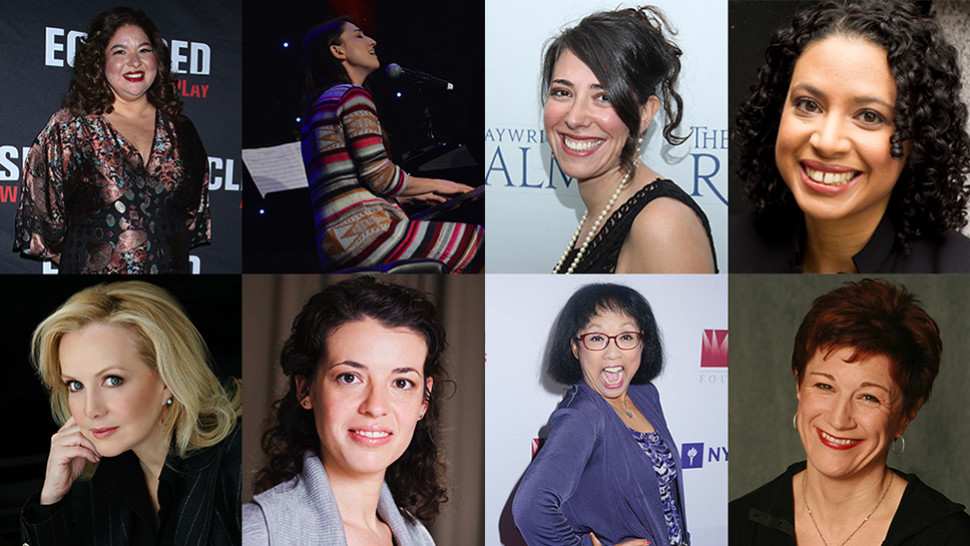Link Roundups feature articles and bits of internet goodness that our dramaturgy team digs up. If you find something you want to send our way, drop us a line on Facebook or Twitter!
♦♦♦♦♦

Top: Liesl Tommy, Sara Bareilles, Rachel Chavkin and Masi Asare
Bottom: Susan Stroman, Quiara Alegría Hudes, Baayork Lee and Lisa Kron
In honor of International Women’s Day this week, Playbill polled 14 female directors, writers, and composers about the women in the industry to watch:
“I am particularly watching the writing of Dipika Guha: an incredible, nuanced playwright, someone who is smart, political, theatrical and deeply, fiercely emotional. She has been in the Women’s Project lab, and is now being produced across the country (her new work is right now running at Crowded Fire in San Francisco) I worked with her at both Brown and Yale School of Drama, and the range of her work is extraordinary.” – Paula Vogel
♦♦♦♦♦
Vulture lists 28 reasons theatre is thriving right now:
Many trends in the culture had to coalesce to make this happen. To name a familiar one, Glee snuck musical theater back into youth culture, disguised as a tortured-teen soap. But the two most important changes are about the demographics of artists and the taste of audiences. Just as the Jewish play did in the 1940s, and the gay play in the ’80s, stories about race especially — and also gender, class, and other knotty subjects — are emerging as an important engine of even commercial theater. Still, no matter how good, those plays wouldn’t have any effect if audiences resisted their subject matter. Instead, miraculously, they’re embracing it.





